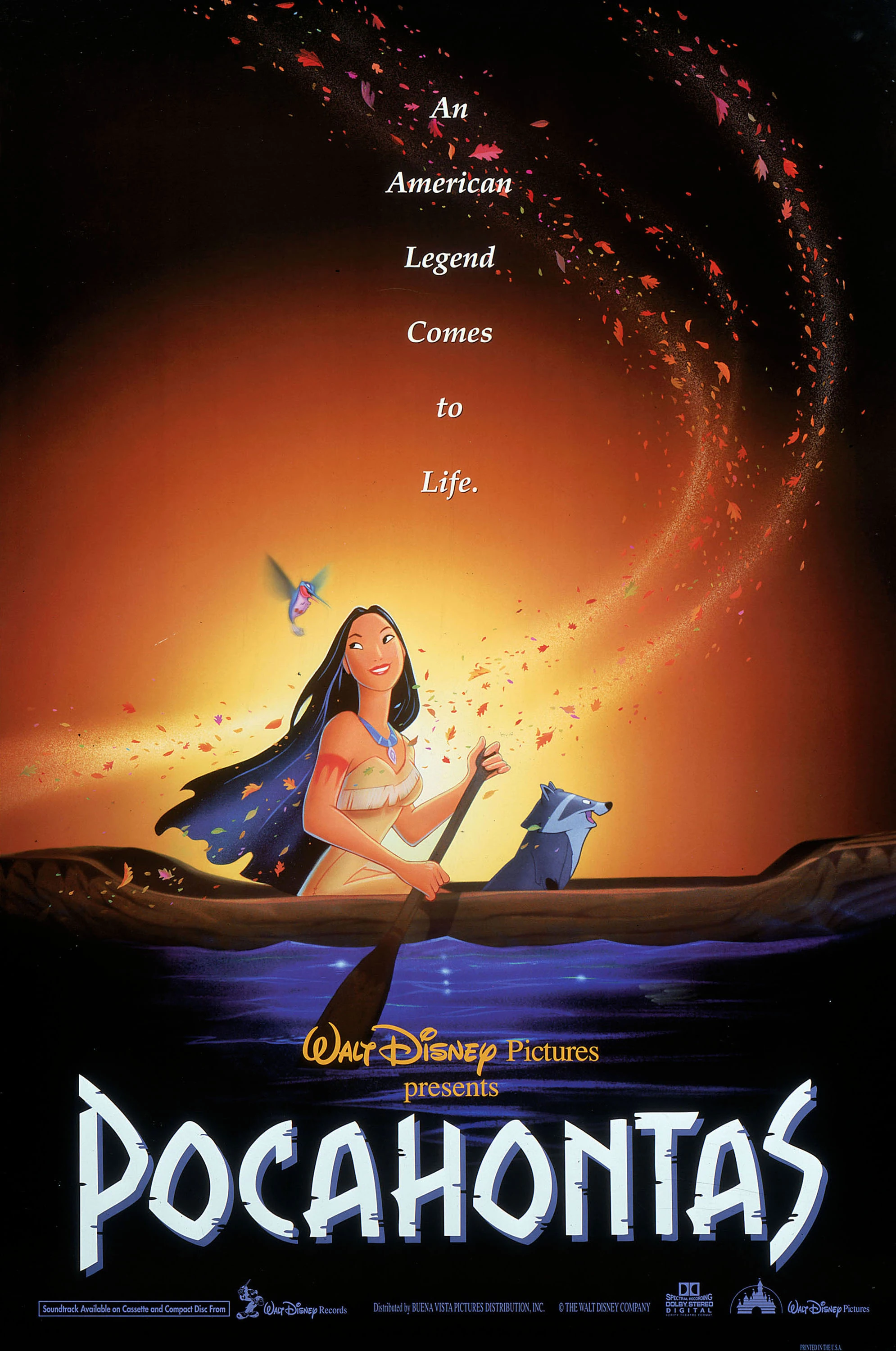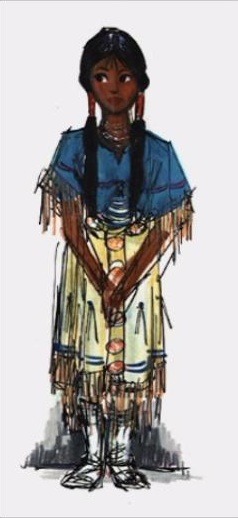This article contains discussions of the sexualization of young girls. Reader discretion is strongly advised.
When Netflix unveiled its first look at the new film Cuties, it was a disaster. Netflix used a poster of scantily clad, prepubescent girls in suggestive poses to promote the new movie, and people were rightfully offended. People left and right accused Netflix of promoting p*d*philia, harassed the director, and started the Twitter hashtag #CancelNetflix. When the film was finally released on September 9th, it just got worse.
However, some people (including prominent film critics), rushed to defend the film, saying that the poster was inaccurate and that the film was actually a condemnation of such imagery, not promotion, and that it was ‘beautiful’ and ‘worth a watch’.
It seemed as if people were discussing two separate films, so I decided to watch the film for myself to see what was true. What I found was, ultimately, a film that TRIED to serve as a warning about the sexualization of young girls, but ultimately backfired horrendously.
Cuties (originally titled Mignonnes) is a 2020 French film (not a Hollywood film, let’s make that clear) directed by Maïmouna Doucouré in her directorial debut. Doucouré, a woman of Senegalese descent, based the film partially on her own experiences as a Muslim refugee, and from witnessing an event where 11-year-old girls were dressed and dancing in a highly sexualized manner. Doucouré wanted to make a film highlighting how social media pressures young children to dress and act provocatively (a legitimate issue), and thus Cuties was born.
In the film, 11-year-old Amy moves from Senegal to Paris with her ultraconservative Muslim family. Her father is taking in a second wife, and even though the mother is clearly upset by this, the rest of the family encourages her to be supportive and accept the new wife. Amy, however, does not accept it. She seeks to rebel, and falls in with a group at her school called the ‘Cuties’.
The Cuties in question are a group of young girls who are obsessed with getting into a dance competition by twerking. They are HIGHLY fascinated by all things sexual (without any real comprehension or understanding of it), and thus serve as a culture shock for Amy. She becomes drawn to the group and is determined to enter the dance competition, posting suggestive pictures of herself on social media for clout. The film shows Amy go on a downward spiral as she lies to and steals from her family to support her habit and assault her peers, before making peace with her family and learning to act her age.
Throughout the film, I was struck by how utterly unlikable the entire cast was. The Cuties themselves are complete brats, showing no respect for their teachers or parents (the parents are completely clueless as to what their children are doing), bullying and hitting the other kids (they throw rocks at Amy when she catches a peek at them dancing), and even try to take a picture of a boy’s penis as he’s using the bathroom (specifically, they coerce Amy into doing it, although she doesn’t succeed).
The movie shows them repeatedly engaging in inappropriate acts, including blowing up a condom like a balloon to simulate a large bust and trying to engage in webcam p*rn. When they dance, the camera lovingly takes closeup shots of their bums (which they will occasionally slap) and suggestive poses. It’s in extremely poor taste, to say the very least.
Amy herself isn’t much better. She steals her older cousin’s phone, and when he confronts her about this (and this is where the movie really takes a turn for the worst), she literally tries to seduce him in order to get it back. He rebuffs her, and she snatches the phone from him, rushes to the bathroom, and (I’m sorry for typing this), takes a picture of her genitals and posts it online before giving it back to him. We don’t see any actual nudity, but we still see the act. When Amy is confronted for this, she is given an exorcism and a visit from an Imam, but she faces no real consequences; she is not grounded, the authorities are not involved. Amy also tries to drown one of the Cuties (we’re left uncertain if she survives) to get into the competition and faces no repercussions for this, either.
Despite the girls allegedly trying to be sexual in order to be ‘cool’, all the adults onscreen (save for two security guards) are outright appalled at their behavior. And that is, ultimately, why the film fails.
Rather than serve as a condemnation of a perverse society where girls are increasingly and subtly encouraged to act more ‘mature’ in order to please certain adults, the film frames (intentionally or not) the Cuties themselves as the perverts, and a bad influence on Amy. Rather than point out how adults often groom children online, the girls themselves are seen as trying to seduce older men. The girls are highly sexual but there’s no explanation given for how or why they’re like this other than jabs at social media and a brief mention on how one of the girls has neglectful parents. At the end of the film, Amy ditches the Cuties entirely but stays with her family, even if she refuses to attend her father’s wedding. The film completely neglects to address the root issue or show the girls how to explore their bodies in a healthy way and instead offers a shallow, disturbing representation of prepubescent children twerking and acting inappropriately meant to shock the viewers.
While it is crucial we talk about how girls are becoming more sexualized at an increasingly young age, I’m not convinced that this was the way to do it. The film is so poorly directed that it completely fails at what it tries to do. A more skilled director would’ve made everything implied (rather than shown) with careful shots, cuts, and edits, but Doucouré insists on having the camera ogle the young actresses’ nether regions to say “OMG this is bad!! Be disturbed!”, not realizing that this could very well serve as self-gratification material for the very people she’s trying to call out.
What especially bothers me is how the film’s defenders snobbishly dismiss its critics for not getting the supposed message. If only a select few people (re: people who studied film in university) can understand what a film is trying to say, then it’s not a good film. Something with an important message and a call to action (the director says that the film is ‘feminist’ with an ‘activist message’) should be accessible to all people, not just an elite few.
Ultimately, Cuties comes across as an exploitation flick rather than a thought-provoking, ‘beautiful’ film with something meaningful to say, made only to appeal to film snobs and rely on shock value for views. Even if the director did have good intentions, the fact that more people are angry at her than the topic she called attention to says enough.
If you want to watch something that has a similar premise but actually succeeds in its message (and is appropriate for kids to watch), consider The Proud Family episode “Hip-Hop Helicopter” on Disney+. It actually explains WHY the girls dress and dancing provocatively is bad without making them be the lecherous ones (it makes it clear they’re pressured by older teens and adults to be ‘cool’), and they suffer actual consequences for disobeying their parents. If you want a more mature film that takes a closer look at the exploitation of women and girls in media, consider Perfect Blue by Satoshi Kon; the main character is an adult but is simultaneously sexualized and infantilized by her fans and producers. If you want to make a film highlighting the trend of young girls becoming more sexual on social media, consider making a documentary. There is literally nothing in Cuties that you can’t get anywhere else, or make in another format.






You must be logged in to post a comment.